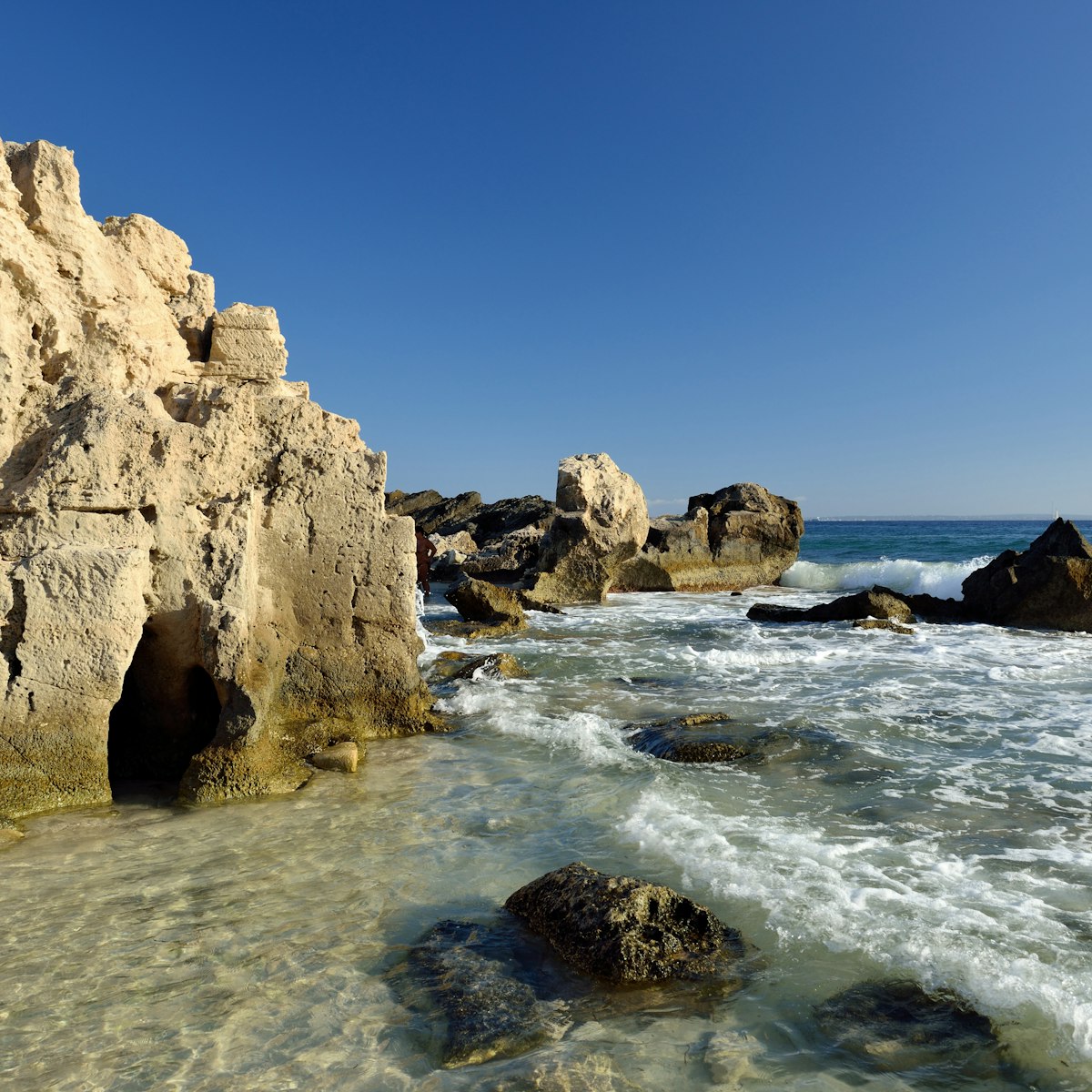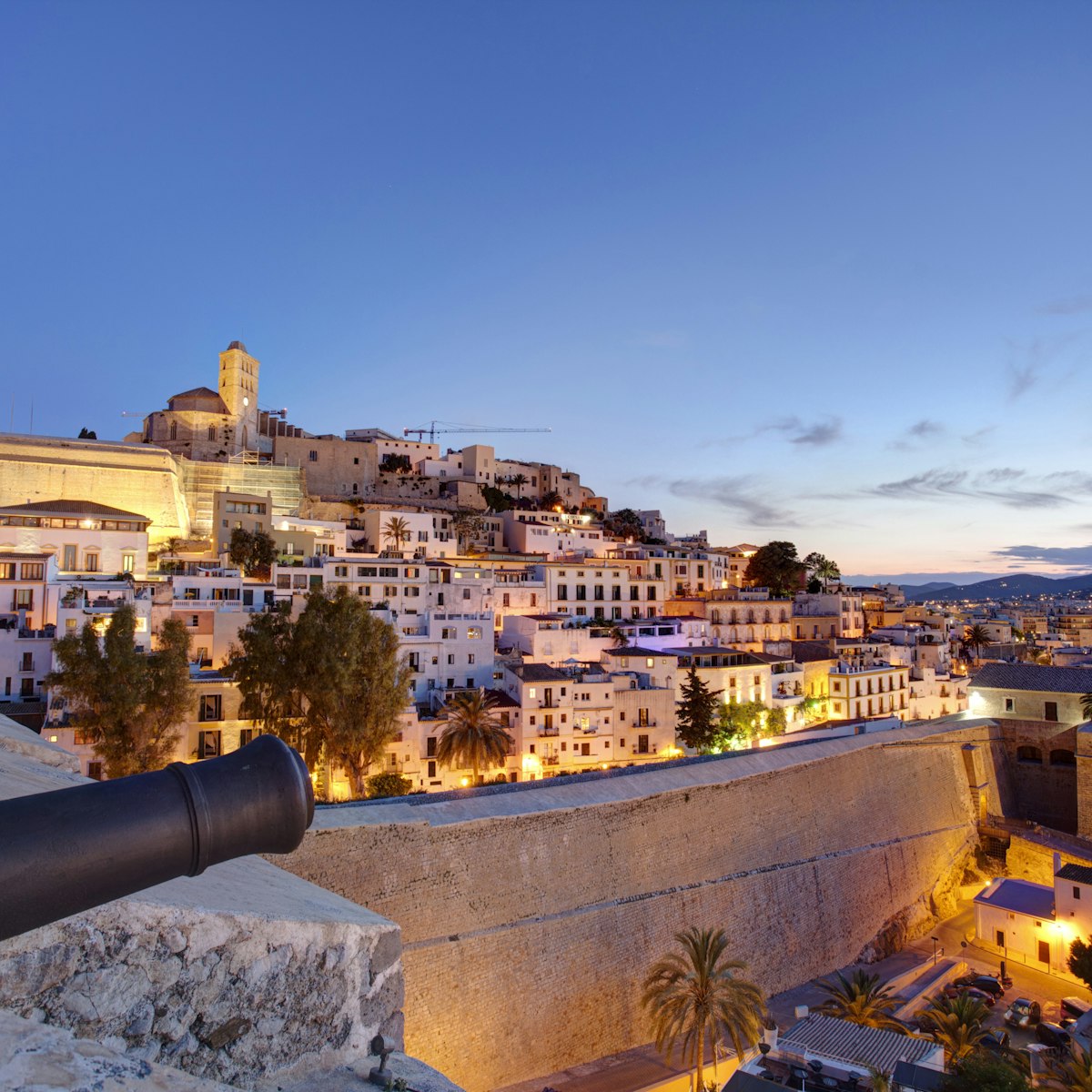Today it looks like little more than rocky scrubland, but this vast ancient burial ground was a key part of Ibiza Town's 1999 World Heritage recognition. The earliest tombs date from the 7th century BC and Phoenician times. The museum displays finds (amulets, jewellery, vases, terracotta figurines) from the more than 3000 tombs that honeycomb the hillside. Outside, peer into the hypogea (burial caverns) cut deep into the hill; you can descend into an interlocking series of these.
It's thought that Ibiza became an A-list cemetery for wealthy Carthaginians because their burial requirements were very specific – among them was the need for a location free from poisonous creatures, and there are no snakes or scorpions on the island. Nobles were buried in this necropolis in their thousands, with their bodies transported here from all over the empire.








